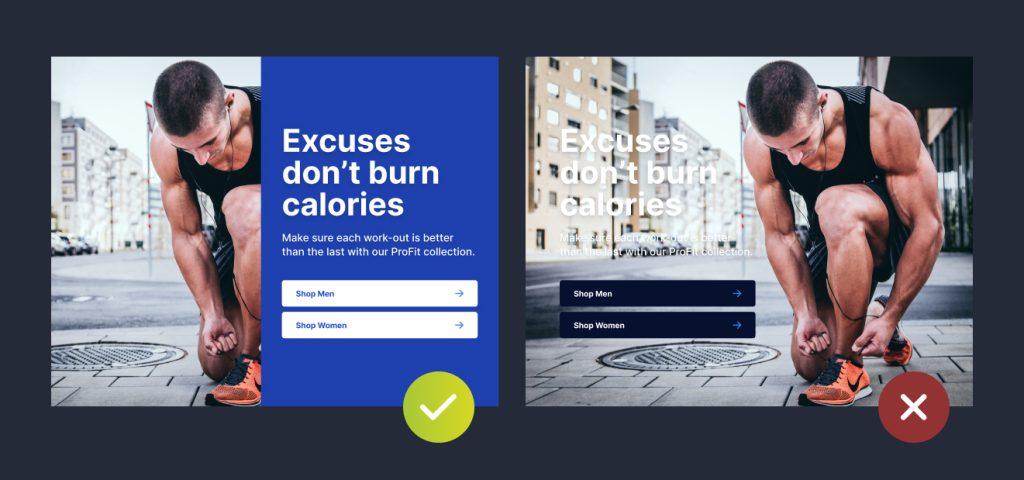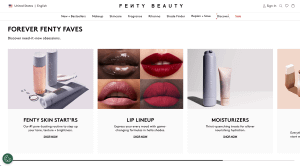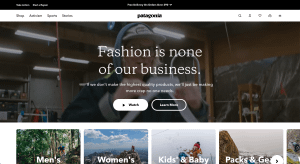Over the last few years, the concept of inclusivity has taken centre stage when it comes to web design.
However, the concept of inclusive content is only recently emerging within the digital space. Inclusive content is shaping the way businesses engage with their audience and communicate their brand messages. At Limely, we recognise the importance of inclusive content as a powerful tool for building customer relationships and trust within the ecommerce space.
In this comprehensive guide, we’ll explore what inclusive content is, why it’s important, and how you can harness its potential to create a more welcoming and accessible online experience for all! Considering that 42% of consumers are willing to pay more to a brand committed to diversity and inclusion., it’s clear that optimising your ecommerce site with inclusive content is paramount in 2024 and beyond!
What is inclusive content?
Put simply, inclusive content is specifically designed to be accessible for everyone. Website content is readily available to individuals all across the world and will be consumed by people from diverse backgrounds with different life experiences, abilities, characteristics, political views and so on. As a result, it can be very easy to isolate a particular segment of your target audience by simply being unaware of the niche terminology, slang language or inaccessible imagery you are using within your website content.
Inclusive content is designed to remove the barriers surrounding language and visuals to allow a diverse range of people to enjoy your content, without exception. For ecommerce businesses in particular, inclusive content is paramount to driving success as your website copy, blog posts and social media posts will be your audience’s main touch-point for your brand and if these are inaccessible, it’s unlikely you’ll be converting users into devoted customers! To explain the concept a little further, CRM brand Salesforce, described inclusive content as:
“Content that truly reflects the diverse communities that our companies serve. It means that we are elevating diverse voices and role models, decreasing cultural bias, and leading positive social change through thoughtful and respectful content.”
Examples of inclusive content
We’ve gathered some of our favourite examples of inclusive content within the ecommerce industry to demonstrate how successful it can be for building your brand, gaining customer trust and building brand loyalty.
Fenty Beauty
First up, we’ve chosen one of the leading, inclusive beauty brands founded by pop sensation, Rihanna. Fenty Beauty are an excellent example of an ecommerce brand who have successfully embraced inclusivity within their website content. The brand uses imagery that represents their diverse audience throughout their website and as a result, has created a true community-feel to their online space. Their ethos of ‘show don’t tell’ is apparent as they don’t use words such as ‘inclusivity’ within their brand messaging, they just prioritise representation and diversity within their website imagery and product catalog. Additionally, their website adheres to website accessibility guidelines; WCAG 2.1 at levels A and AA, ensuring that their site is accessible to all regardless of technology or ability.
Patagonia
Patagonia offers another great example of inclusive web content. The brand has partnered with Level Access who offer an assistive CX technology application that enables site users that have difficulty typing, moving a mouse, gesturing or reading to access their website in the same way everyone else can. This dedication to inclusivity is confounded by the brand’s conformity to the WCAG 2.1 at levels A and AA in addition to the Americans with Disabilities Act. The website itself uses uncomplicated language that ensures the user experience is a seamless one for all.
Tips for creating inclusive content
To help you on your way to achieving a more inclusive website, we’ve collated a few top tips to get you started!
Tone of voice: Ensure you use an inclusive, friendly and approachable tone of voice when addressing your audience online. Oftentimes people are offended when they feel spoken down to or when complex words or sentences are used unnecessarily. Consider your target audience as well as the wider audience your website will inevitably reach to ensure your website content comes across helpful and friendly! Additionally, ensure you’re intentional with the language and sentence structure you use; when in doubt, keep it simple.
Accessibility: Visual accessibility is crucial when it comes to ecommerce websites. Ensure you work with a UX expert to ensure that your text and background colour-contrasts are easily legible for everyone and that placements of key CTA’s, menus and other key navigational elements are in intuitive and easy to find places within your website. Font size adjustment features are also a great addition as they enable visitors to increase the size of text on a web page to ensure they can read it. Additionally, alt-text should always be added to imagery to help that those with visual impairments. Furthermore, by ensuring that your website content is formatted in a structured and logical way, you will ensure your site is compatible with screen readers which improves the inclusivity of your site.
Representation: Representation is a powerful tool that can easily be incorporated into website content to enhance inclusivity and empower your audience. Fenty Beauty & Rare Beauty are ecommerce brands that do this exceptionally well by ensuring a diverse range of models within their website imagery and by incorporating user-generated-content (UGC) of real customers within their sites. When choosing imagery for your website, be sure to ask yourself questions such as “does this reflect society and diversity?” If the answer is no, choose an alternative image or set out to capture your own photographs that reach your inclusion standards.
Leverage social listening: One of the most powerful tools for improving your brand’s inclusivity is listening to your existing customers. As an ecommerce brand, it’s likely that many of your audience will be active on social media. This is a brilliant opportunity for you to listen to your audience and pin point their pain points. If you keep in touch with your social media followers’ niggles and unique perspectives, you’ll be able to adapt your website content to enhance its inclusivity and ensure your website appeals to a diverse audience.
If you want to take the inclusivity of your ecommerce brand one step further, take inspiration from Selena Gomez’s brand Rare Beauty. The beauty brand has developed packaging to help those with limited mobility. Nifty elements such as a matte finish and unique ball-shaped handles make gripping much easier for those with hand tremors or conditions that impact dexterity and strength. As a result, the brand has received tons of praise from the disabled community and has made their products even more appealing to the masses thanks to their enhanced usability and unique designs.
And there we have it! Our guide to inclusive content is here to help improve your brand’s inclusivity and if you need a helping hand in doing this, we’re always here for you. Don’t hesitate to get in touch!













